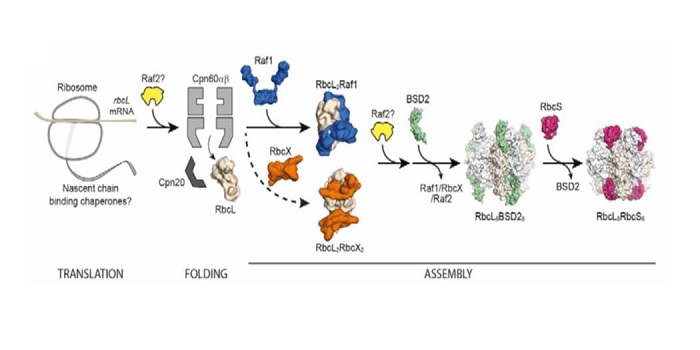
Plant RuBisCo assembly in E. coli with five chloroplast chaperones ($)
In plants, Ribulose-1,5-bisphosphate carboxylase/oxygenase (RuBisCo), the enzyme responsible for fixing carbon, is a made up of 8 each of the large and small subunits, making the L8S8 form. Efforts to study this enzyme have been thwarted by the inability to assemble an active L8S8 form in a heterologous…

Nitric Oxide and Diatoms
All gases in the N cycle, including nitric oxide (NO), are present in oceans, either because of gas exchanges at the air-water interface or because they are produced within oceans themselves. NO, a physiologically important gaseous transmitter, is generated in seawater by nonbiological photochemical…

Chemical Defenses of Maize Roots
Of the many classes of natural products produced by plants, terpenoids are the most structurally diverse, with well over 25,000 established compounds. In maize (Zea mays), terpene olefins are nearly ubiquitous components of induced volatile emissions following biotic stress. In contrast to our understanding…
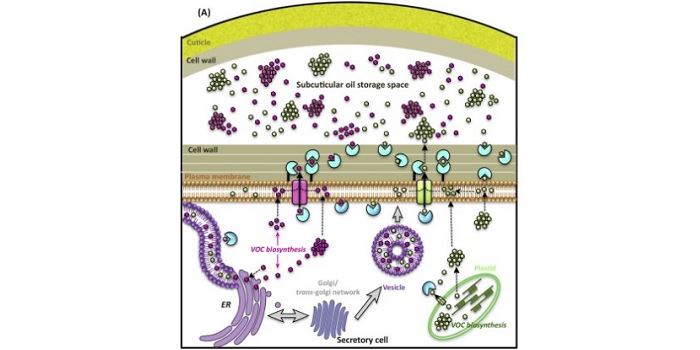
Review: Accumulation of plant volatile organic compounds
Plant glandular trichomes can store and secrete great amounts of volatile organic compounds (VOCs) that are important for a variety of processes, from development to interacting with herbivores. VOCs accumulate in specific extracellular spaces which can be subcuticular or intercellular. The active transport…
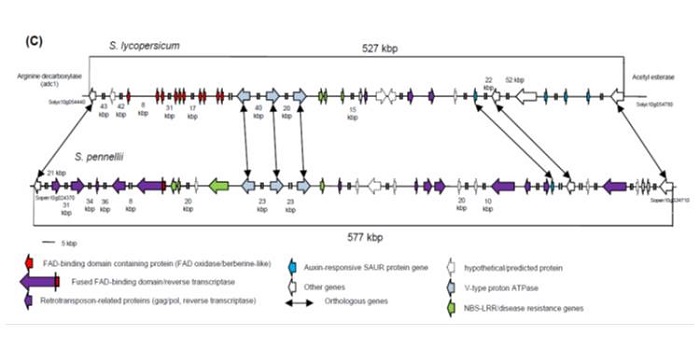
Canalization of tomato fruit metabolism
Plants are noted for their phenotypic plasticity, but there are also examples of phenotypic canalization, which Alseekh et al. define as “the property of those phenotypic traits showing no environmental effect when individuals of a specific genotype are exposed to a set of different environments.”…
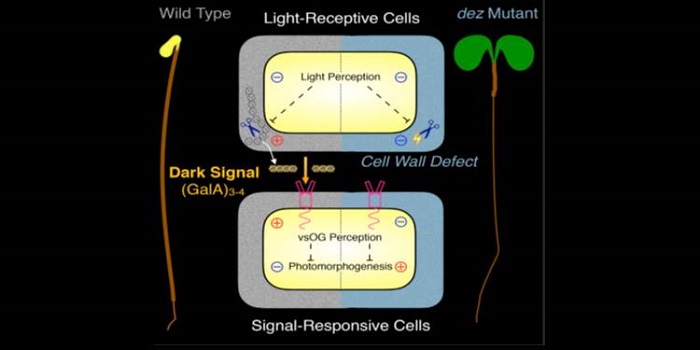
Repression of photomorphogenesis by a small cell-wall-derived dark signal ($)
Genetic screens have revealed many key components of light signaling. In this new work, Sinclair et al. provide new insights into the repression of photomorphogenesis by cell-wall derived signals. They started with a mutant, de-etiolated by zinc (dez) that shows open cotyledons and a short hypocotyl…
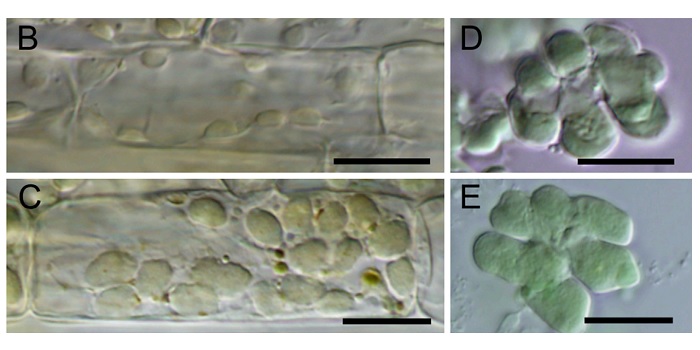
Re-creation of a key step in the evolutionary switch from C3 to C4 leaf anatomy
The C4 Rice project aims to transition rice from a C3 crop to one that performs C4 photosynthesis, in order to realize a predicted 50% increase in yield. Here, Wang et al. expressed a positive regulator of chloroplast development, the maize GOLDEN2-LIKE transcription factor, in rice. The resulting…

The Cys-Arg/N-end rule pathway is a general sensor of abiotic stress in flowering plants
The N-end rule pathway is a conserved pathway for the control of protein turnover, through which the clipping or modification of amino acids from the amino-terminus of a protein leads to an interaction with PROTEOLYSIS 6 (PRT6; an N-recognin E3 ligase) and 26S proteasome-mediated proteolysis. Previously,…

Expression and purification of unstable proteins using an ASK-assisted system
Ubiquitin-mediated protein degradation is important in many plant processes (growth, development, responses to stress) but little is known about F-box proteins, a key component of the SCF (SKP1-CUL1-F-box protein) E3 ubiquitin ligase complex, due to their unstable protein structures. Li et al. investigated…

